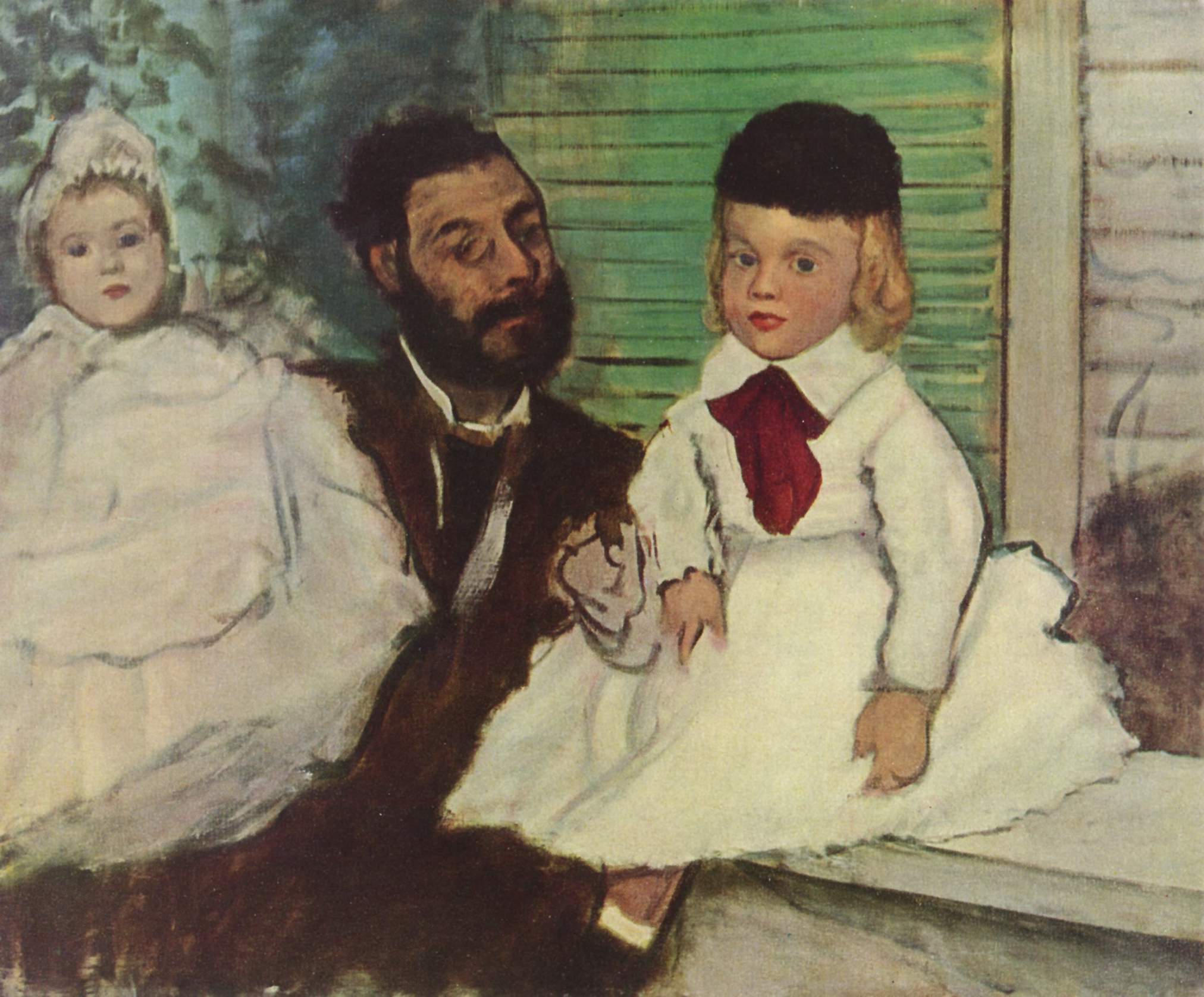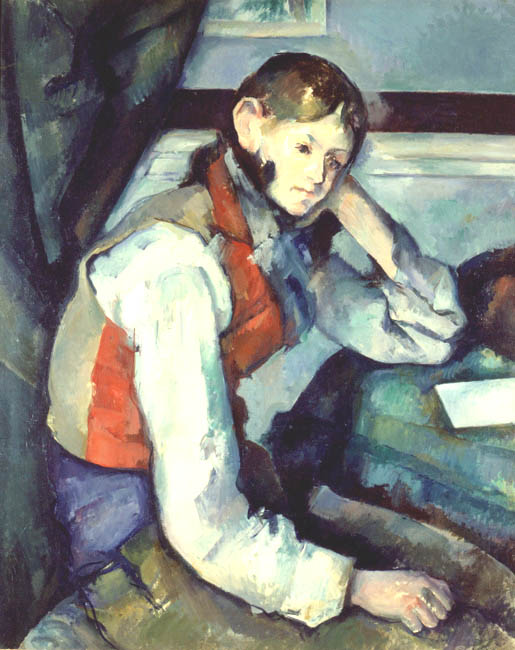Tuesday, January 31, 2017 -  antimafia,art theft,Capodimonte,Guardia di Finanza,Italy,museum theft,Raffaele Imperiale,The Netherlands,Van Gogh,Van Gogh Museum
antimafia,art theft,Capodimonte,Guardia di Finanza,Italy,museum theft,Raffaele Imperiale,The Netherlands,Van Gogh,Van Gogh Museum
 No comments
No comments
 antimafia,art theft,Capodimonte,Guardia di Finanza,Italy,museum theft,Raffaele Imperiale,The Netherlands,Van Gogh,Van Gogh Museum
antimafia,art theft,Capodimonte,Guardia di Finanza,Italy,museum theft,Raffaele Imperiale,The Netherlands,Van Gogh,Van Gogh Museum
 No comments
No comments
If paintings could talk...recovered Van Gogh paintings to go on exhibition in Naples February 6-26 before returning to the Van Gogh Museum
Dear Italian art lovers,
Despite our lengthy stay in Campania and the hospitality of one of the Camorra's largest suppliers of cocaine to the Bay of Naples, it is, unfortunately, time for us to bid your country and its citizens farewell.
Following the convictions handed down to our kidnappers, by Italian Judge Claudia Picciotti, we no longer need to remain as witnesses to testify to their crimes and have been informed by the judge that we are free to go home.
To show our appreciation to the fine officers of Italy's Corpo della Guardia di Finanza, which probes financial crimes related to organised crime, and to the Italian Public Prosecutions office, and to the Naples Direzione distrettuale antimafia and to the Dutch investigators who never gave up looking for us, our owners have persuaded us to stay in Naples for a few weeks longer.
In this way, true art lovers, and not just mafia camorristi, can enjoy the beauty created by Vincent's fine hand.
Fourteen years and two months is a long time for us to be away from our beloved Netherlands and one of us desperately longs for the gentle touch of a conservator to help us heal from the wounds inflicted by our captors, not to mention the chance to shake this dust from our weary canvasses.
Despite all that, and while we look forward with anticipation to returning to the Van Gogh Museum, we are happy that the director of the Museo di Capodimonte, Sylvain Bellenger and Axel Rüger, the director of the Van Gogh Museum, have encouraged us to remain for just a short while longer. Under the care of their staff and advisors, we can rest and be exhibited in an atmosphere more befitting to us than a dusty crawl space behind a mafioso's workout gym.
Being stolen when your famous only makes you more famous afterwards. We suspect that for months, if not years to come, people will whisper about us, wondering what we went through and talking about the awful men who thought some day to use us, either for collateral or as a means to reduce their sentences for crimes worse than holding art hostage.
But we as paintings prefer to dwell upon our younger and more carefree days, newly created on stretched canvas. We like to remember when our paint was still wet and sand specks stuck to us in Scheveningen, the small fishing village where Vincent set up painting, partly to appease his brother Theo. Or when our Vincent began experimenting with colours to capture his mood at Nuenen, rather than using colours realistically. Just like he sought, with his course application of paint, to define his own unique style, he brought each one of us to life giving each of us a little bit of his soul. This is what we like to remember, not Vincent's tortured death and certainly not our time held captive by criminals.
But enough of this talk about the past, let us try and stay in the present.
Why don't you pay us a visit before we leave Naples for home?
I am sure the fine people at the Capodimonte can point you to our room on the second floor. From what we understand, we will be lodging with quite respectable company, in a room right next to the "Flagellation" by Caravaggio.
Why don't you pay us a visit before we leave Naples for home?
I am sure the fine people at the Capodimonte can point you to our room on the second floor. From what we understand, we will be lodging with quite respectable company, in a room right next to the "Flagellation" by Caravaggio.
A hearty handshake in thought, and, believe me,
yours,
View of the Sea at Scheveningen
and
Congregation Leaving the Reformed Church in Nuenen
~~~~~~~~~~~~~~~~~~~~~~~~~~~~~~~~~~~~~~~~
Exhibition Dates: 6-26 February
Via Miano, 2,
80137 Naples, Italy
Hours: 08.30 to 19.30 daily, NOTE: Museum is closed on Wednesdays
Ticket price: 8 €
Contacts and information: 081 7499111







































